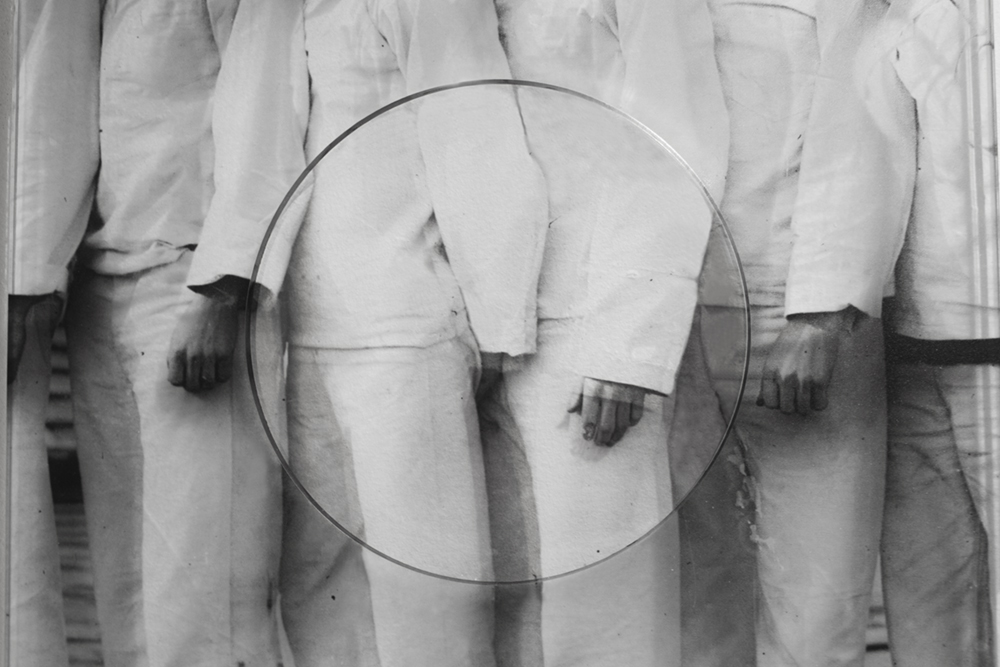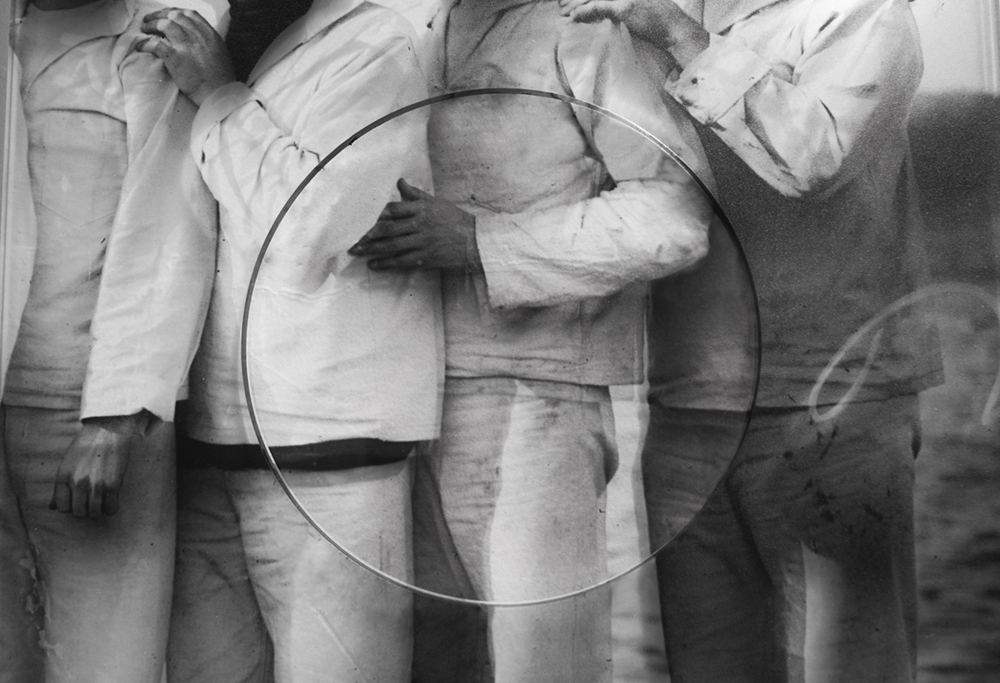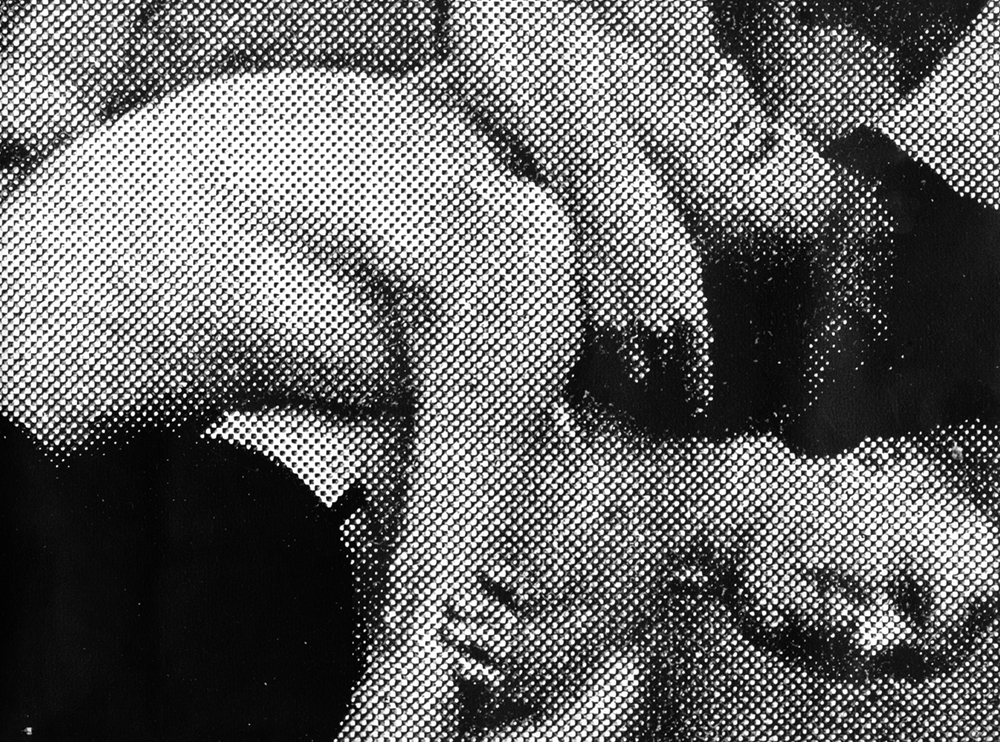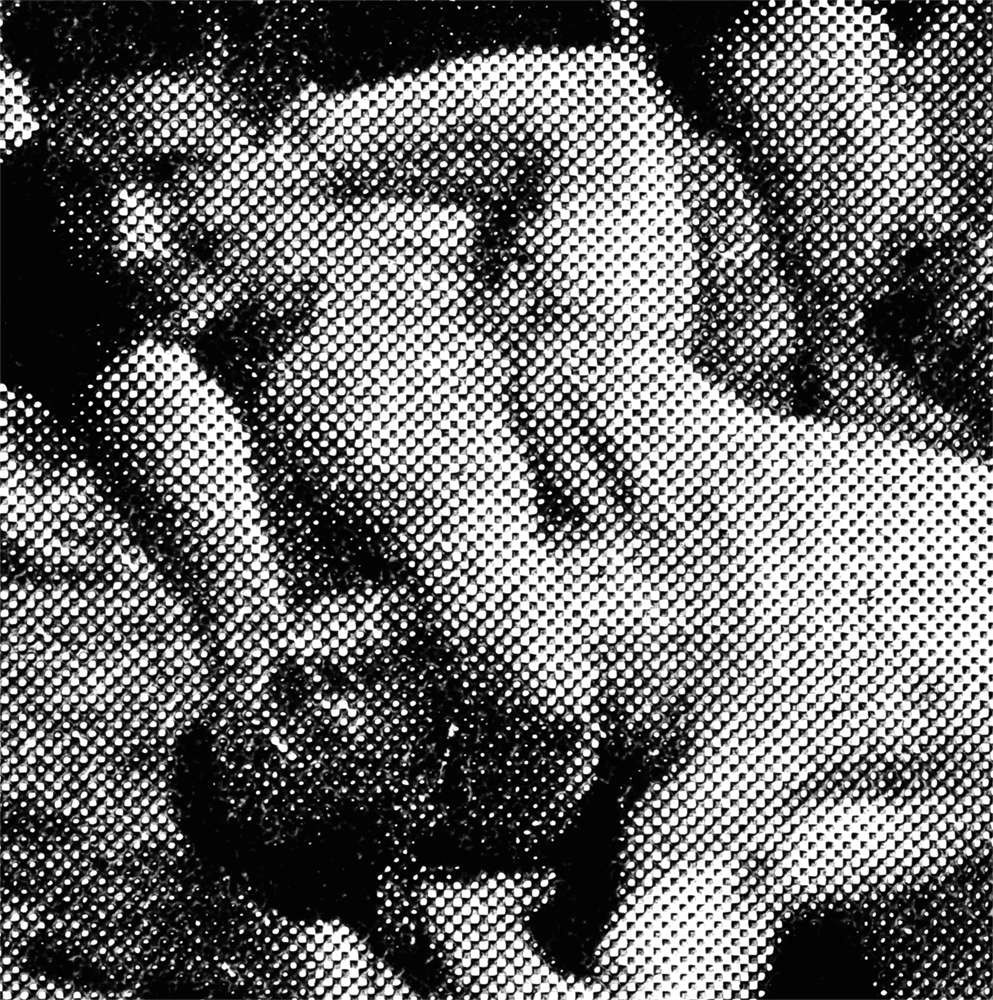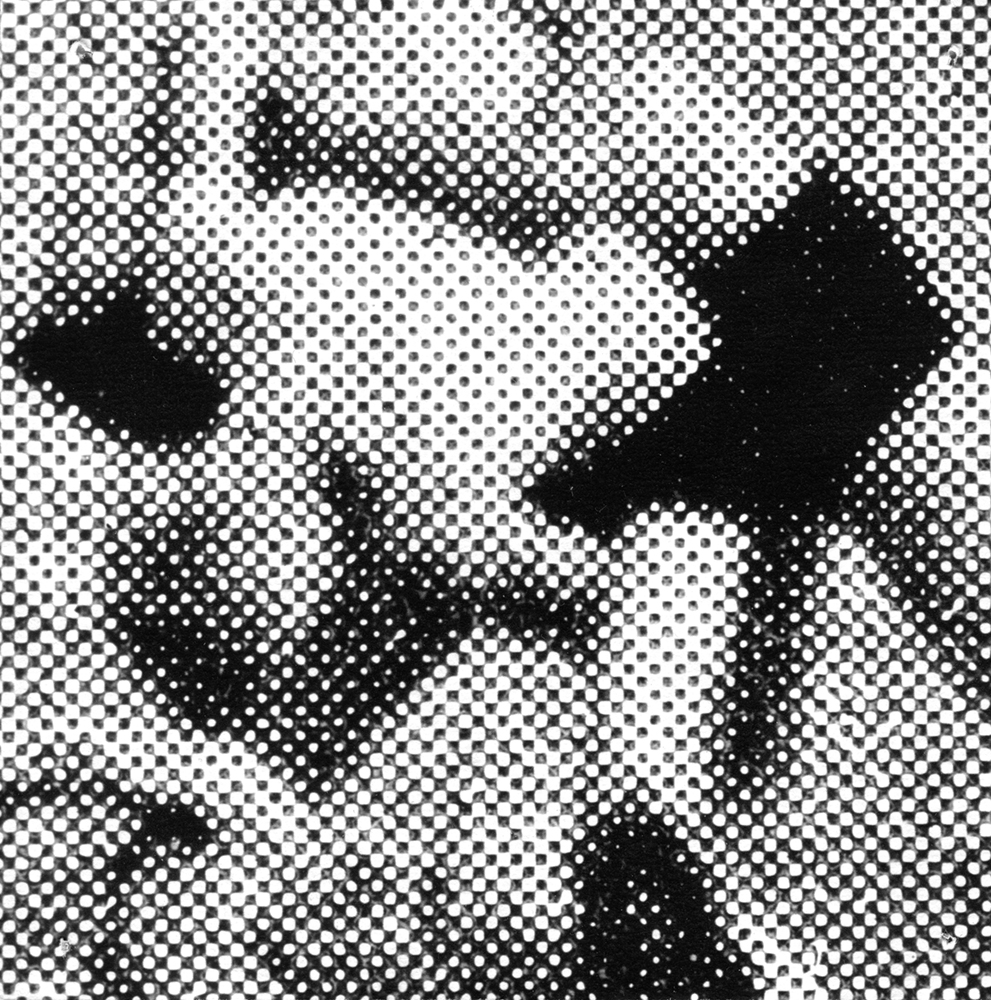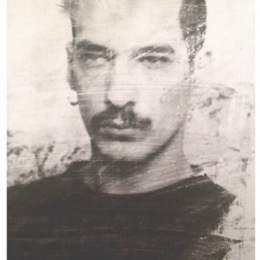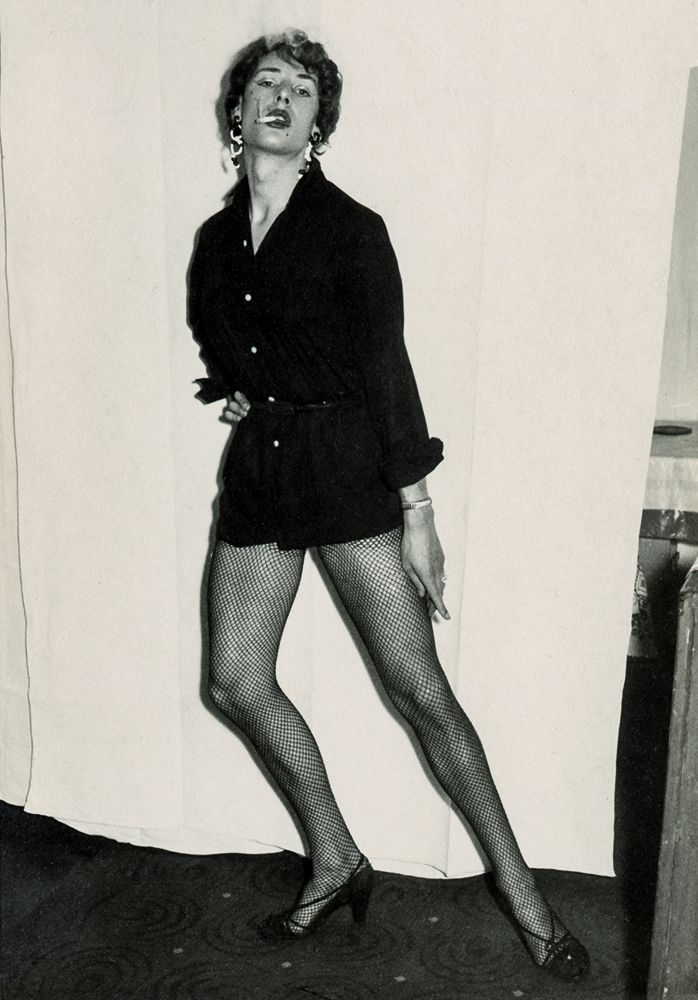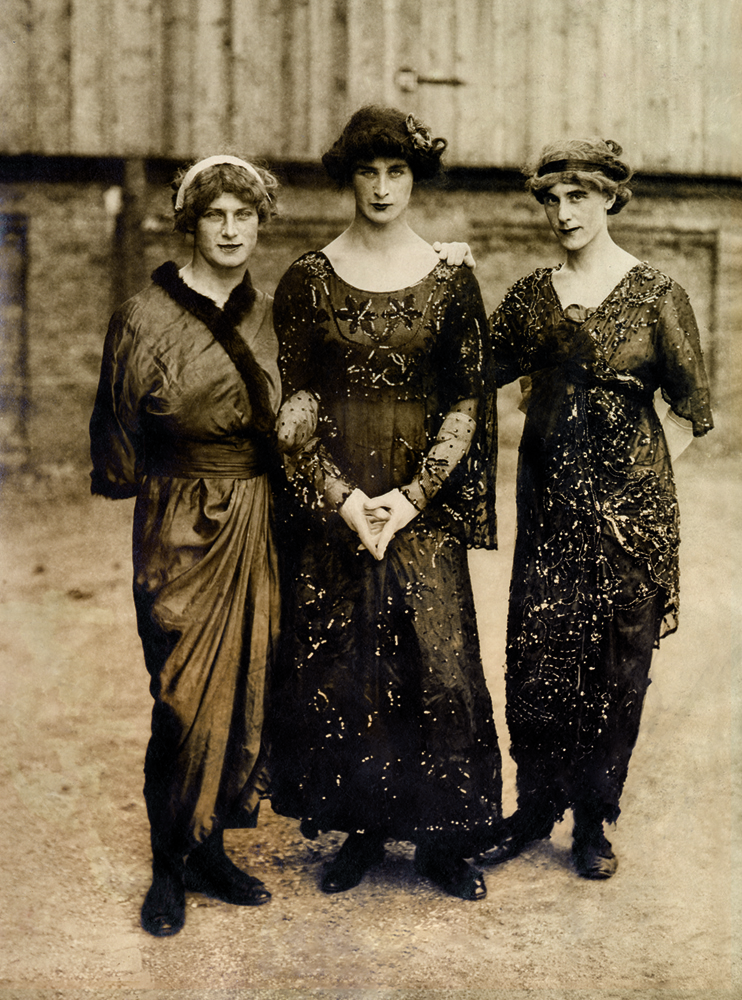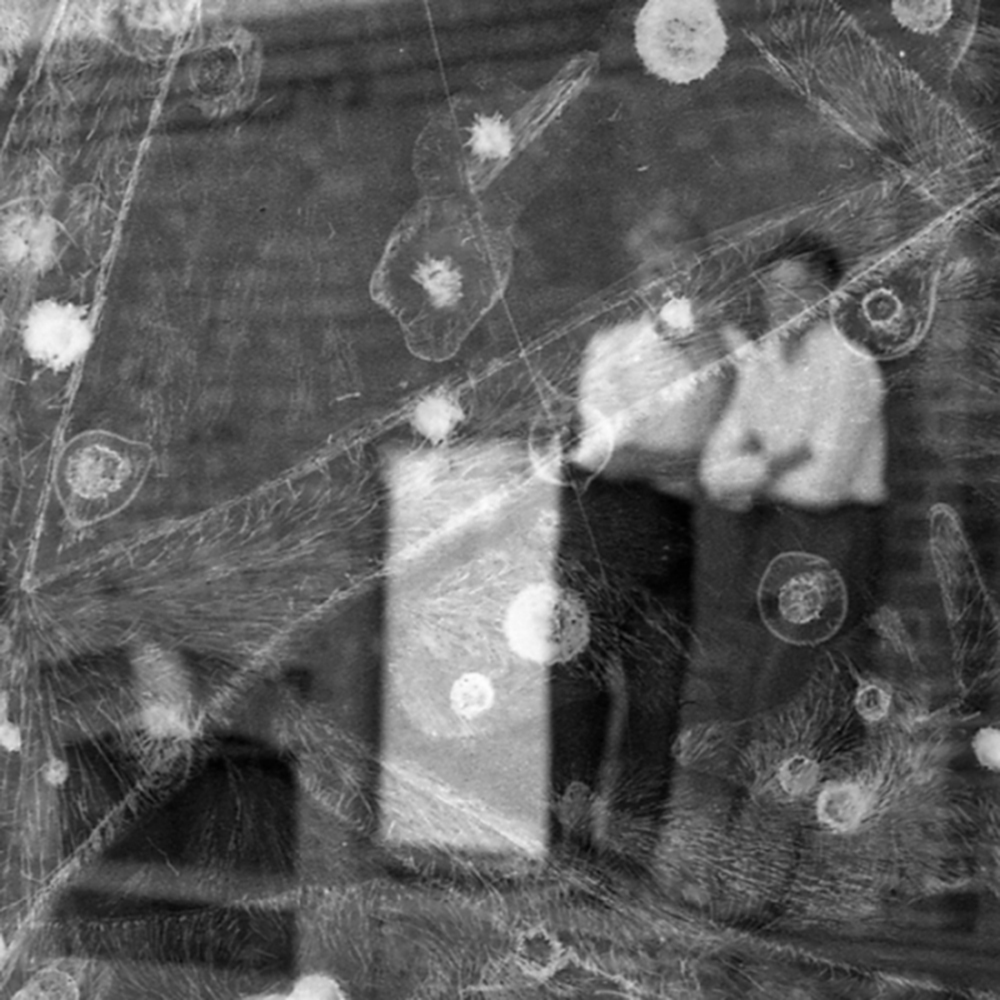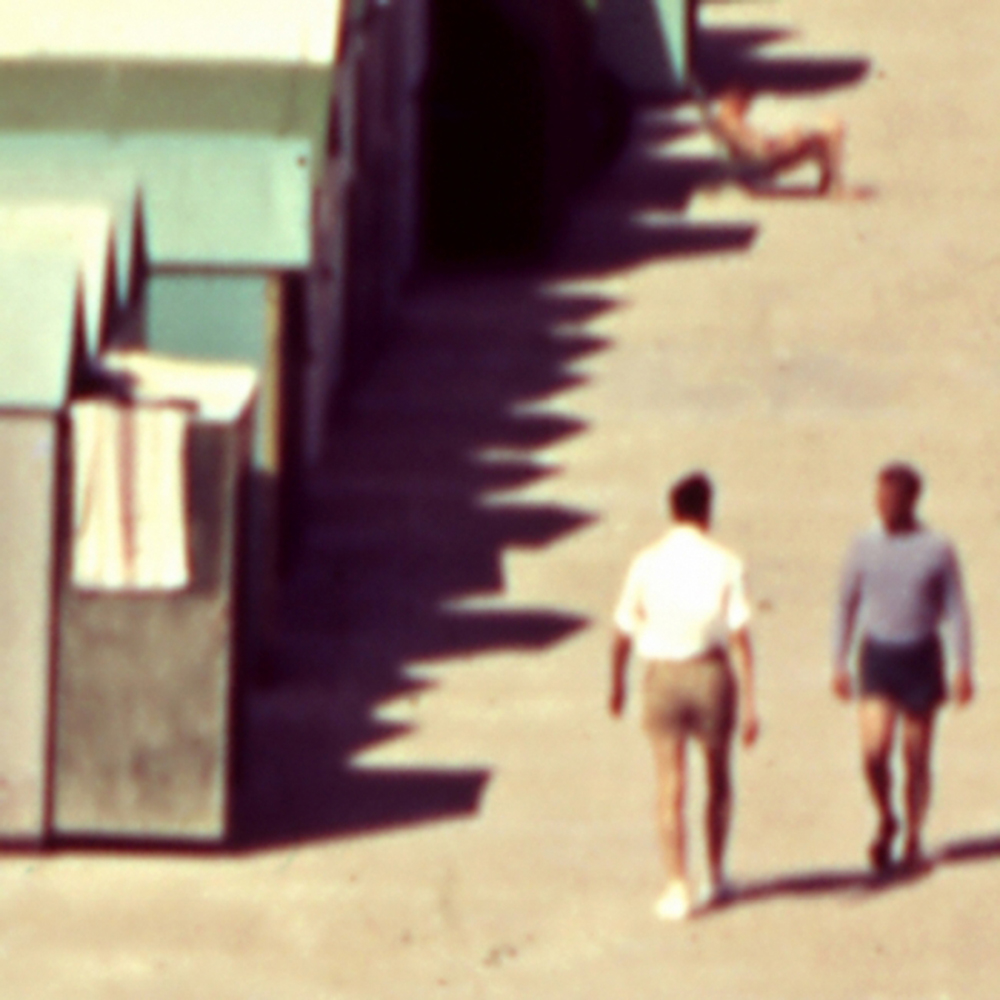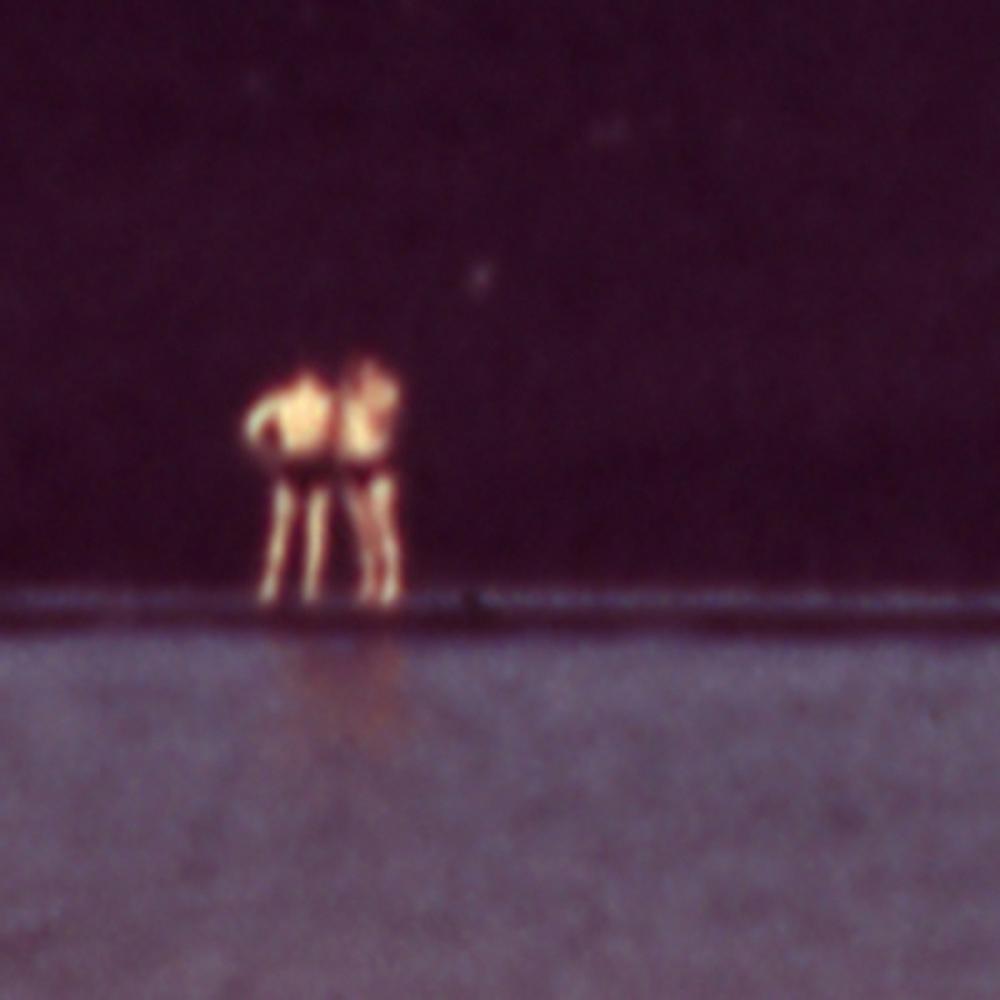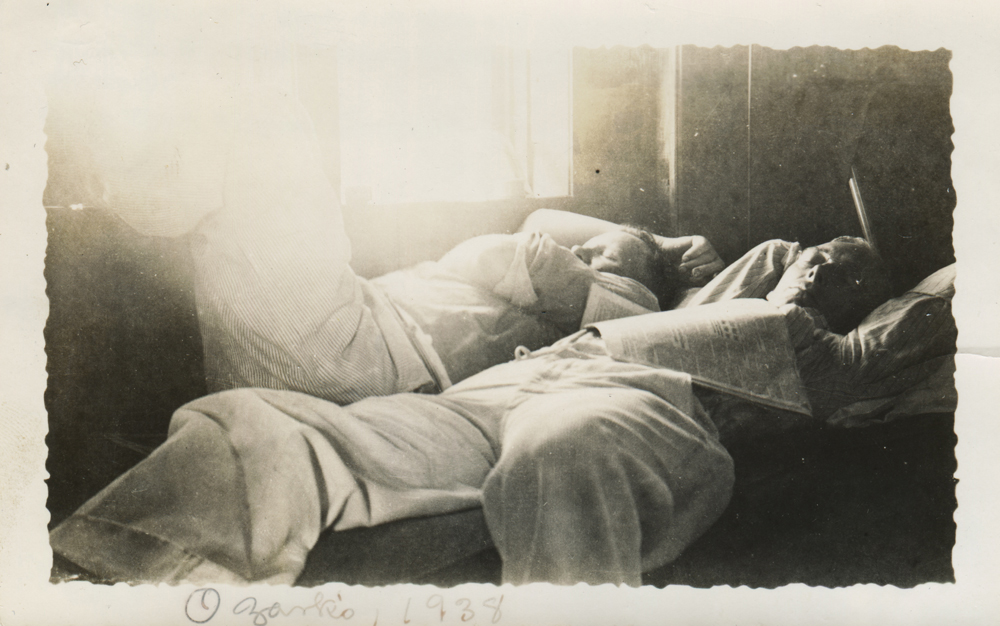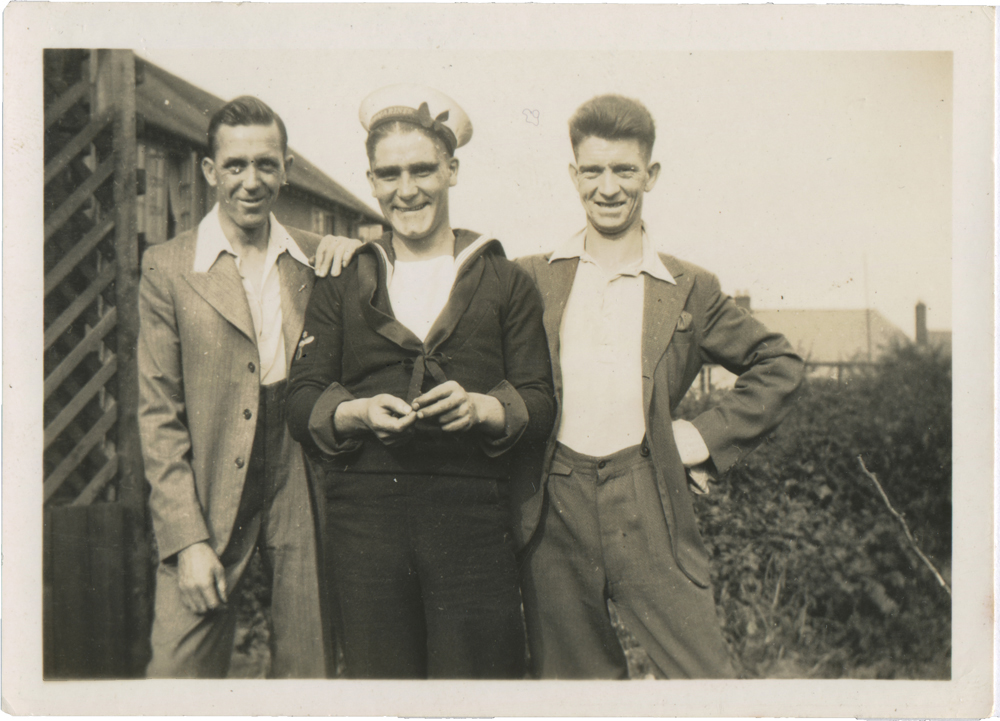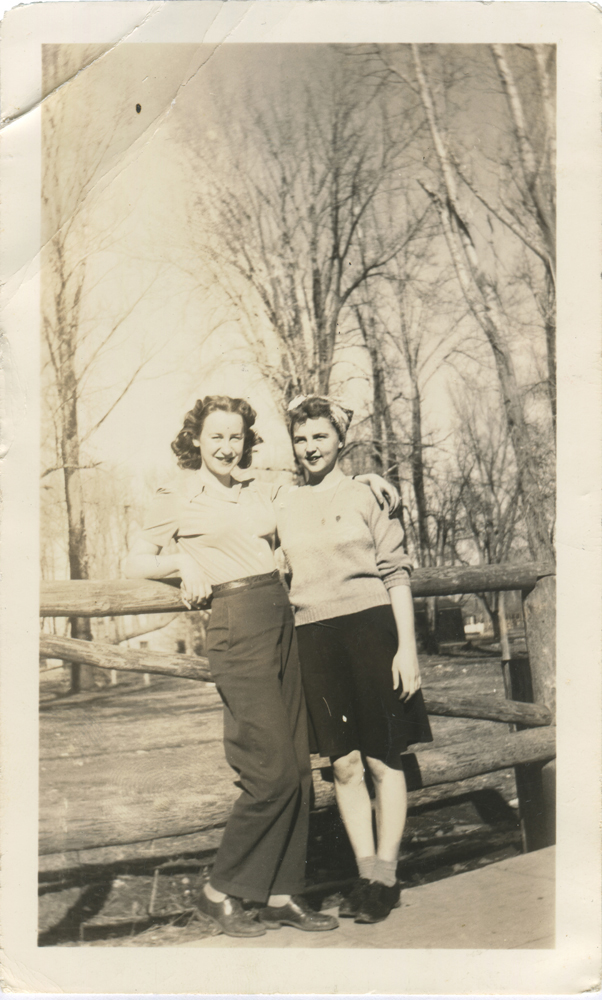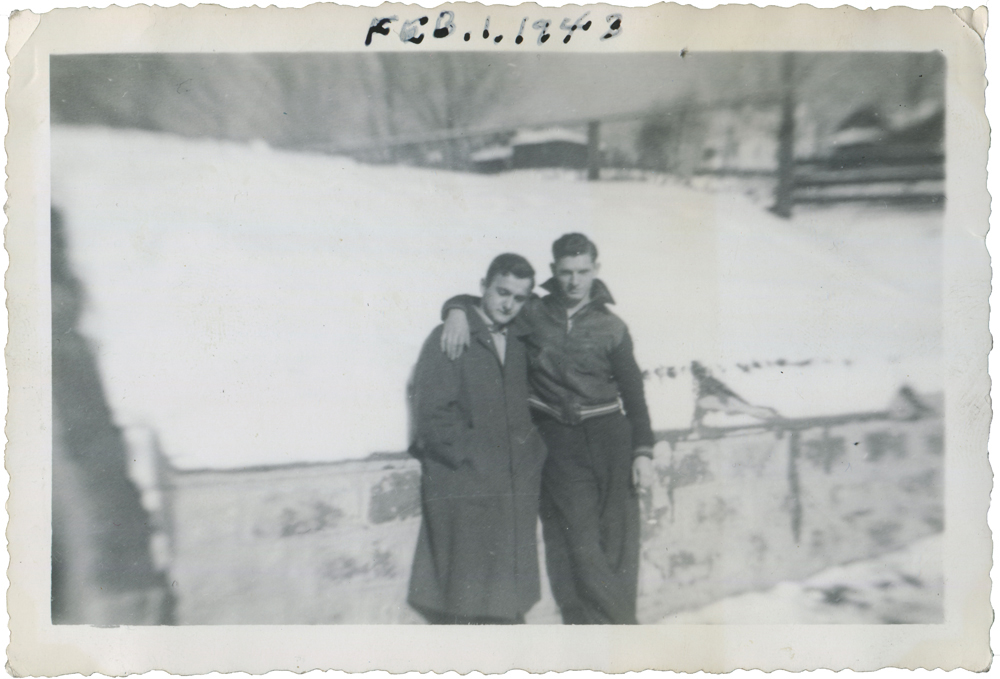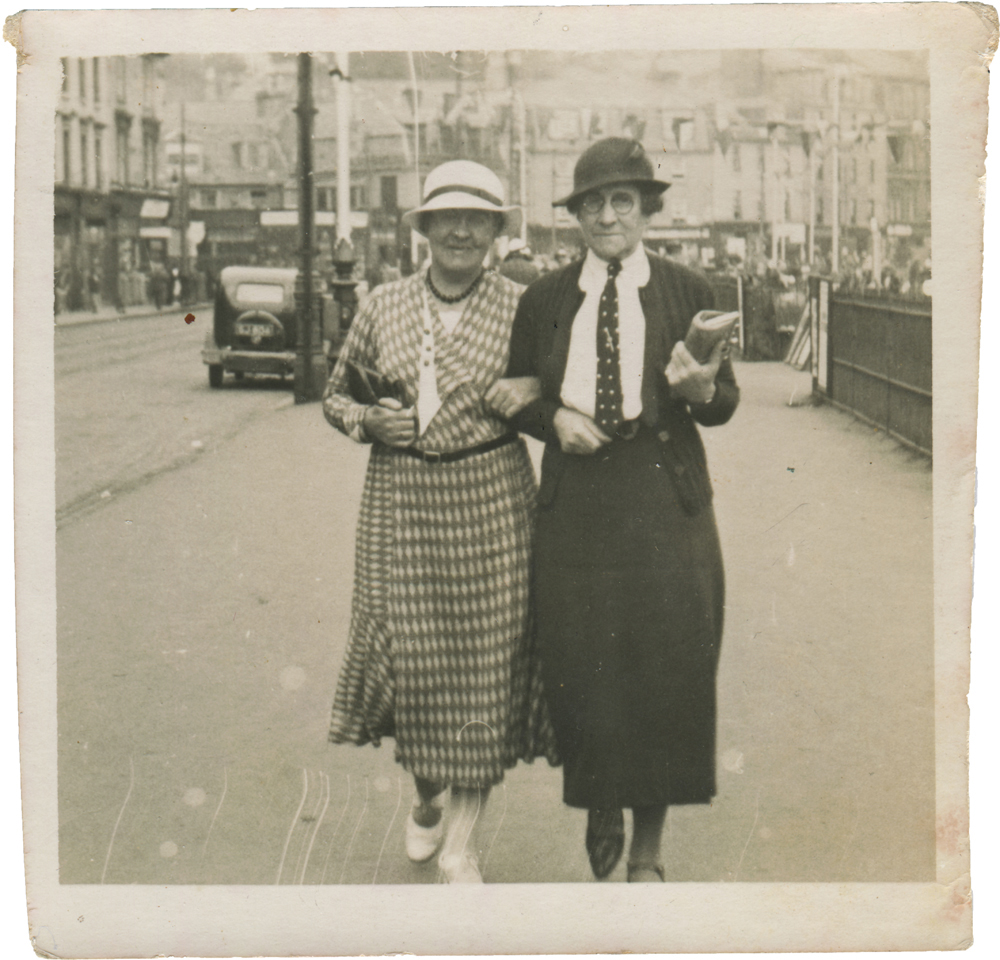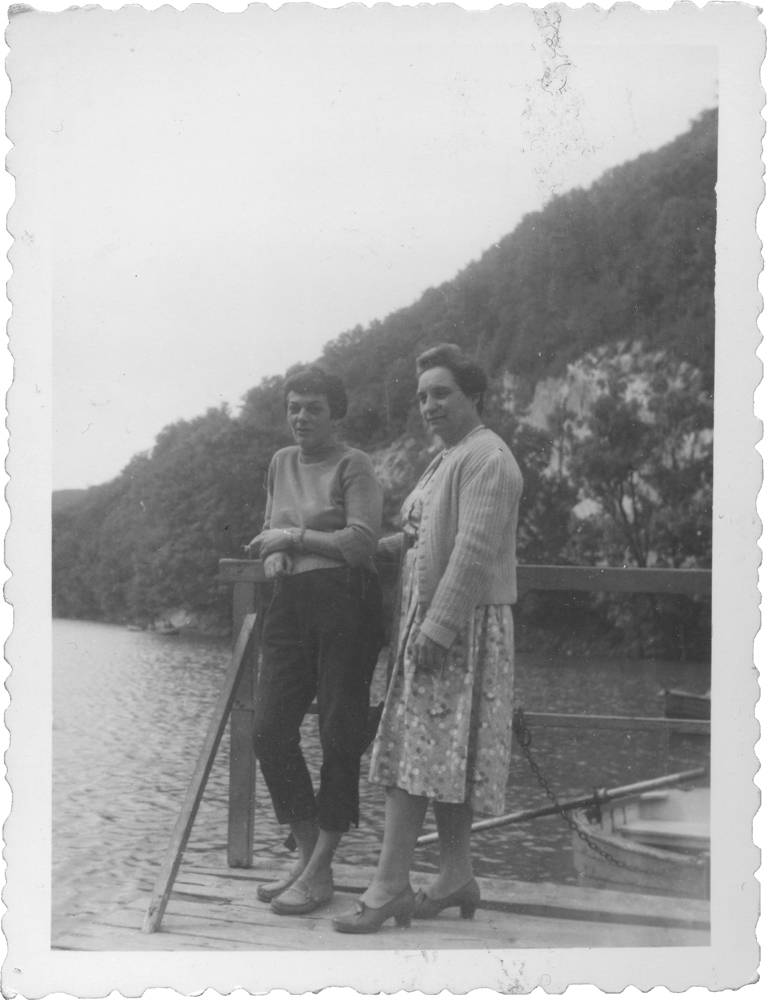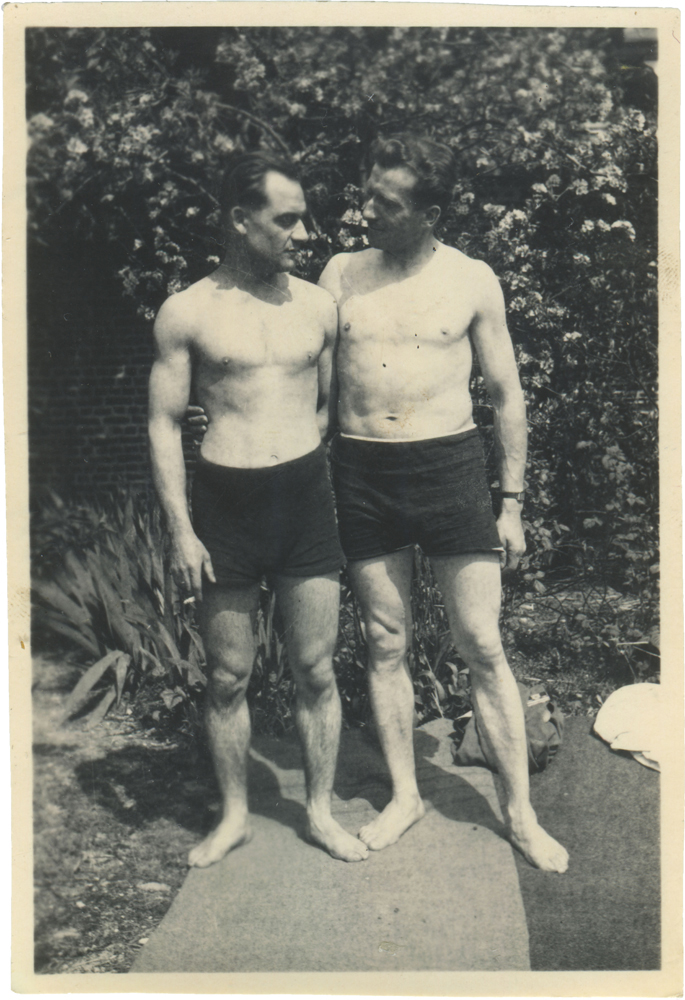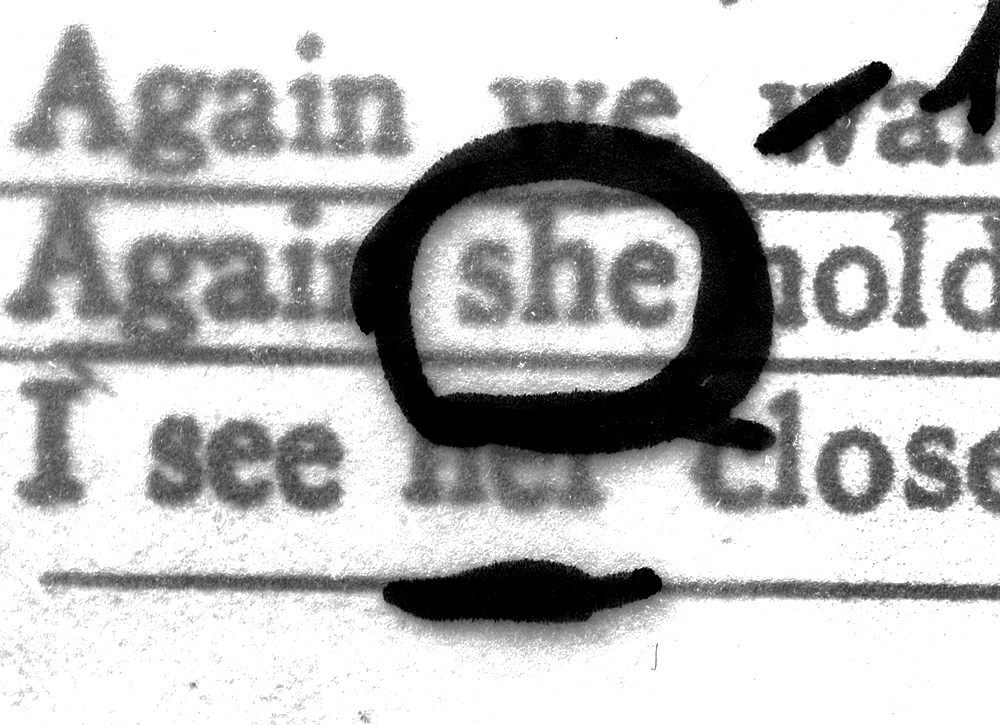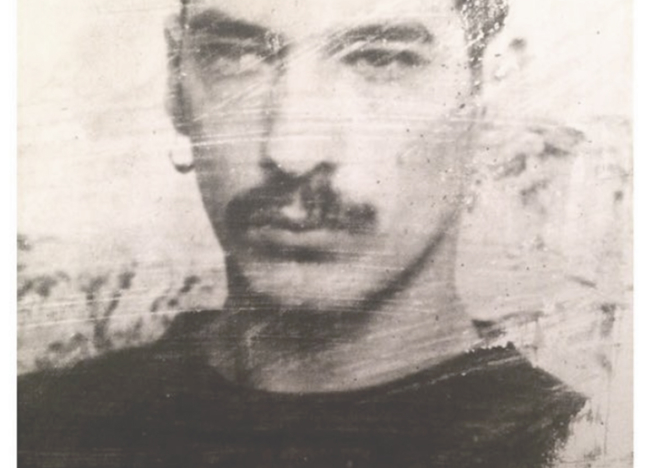Heikki Humberg
Artist Feature
Every week an artist is featured whose single image was published by Der Greif. The Feature shows the image in the original context of the series.
Davide Meneghello - Again He Holds Me by the Hand
Mar 28, 2018
My series »Again He Holds Me by the Hand« reflects on queer history, unveiling same-sex intimacy and homoerotic imagery hidden in documents sourced from the Library of Congress and the Florida State Archives. The process of de-codification of the historical records is promoted through different strategies of making, all addressed to highlight, to the viewer’s gaze, the intimate gestures discovered.
In ‘wrestler’ (1943) the intimate bounding of the subjects is marked and exposed through the fragmentation, selection and re-disposition of a single image on the wall, maintaining the proportion of the original negative and deleting the fragment’s surrounding.
In ‘Sailor’ (1913) the intimate touch is physically highlited through an embossed circle on the first photograhic surface, followed by a second print underneath.
Through the re-contextualization and the alteration of the original documents in the new exhibition context, I have been interested in how each photographic surface can acquires different connotations from its original function, promoting a shifting content of the photographic message indexically inscribed on them and a new historical interpretation.
Courtesy of Library of Congress and Florida State Archives
Artist Blog
The blog of Der Greif is written entirely by the artists who have been invited to doing an Artist-Feature. Every week, we have a different author.
Published in:
»Der Greif #10«
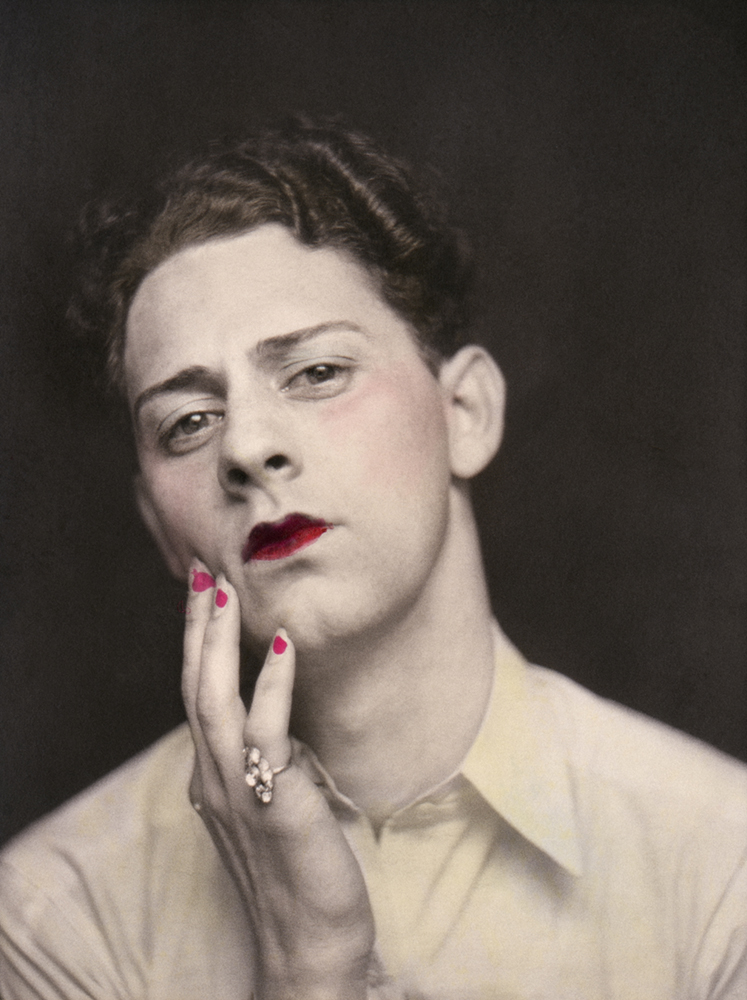
1/8 Man in makeup wearing ring. Photograph from a photo booth, with highlights of color. United States, circa 1920. © Sébastien Lifshitz Collection Courtesy of Sébastien Lifshitz and The Photographers’ Gallery
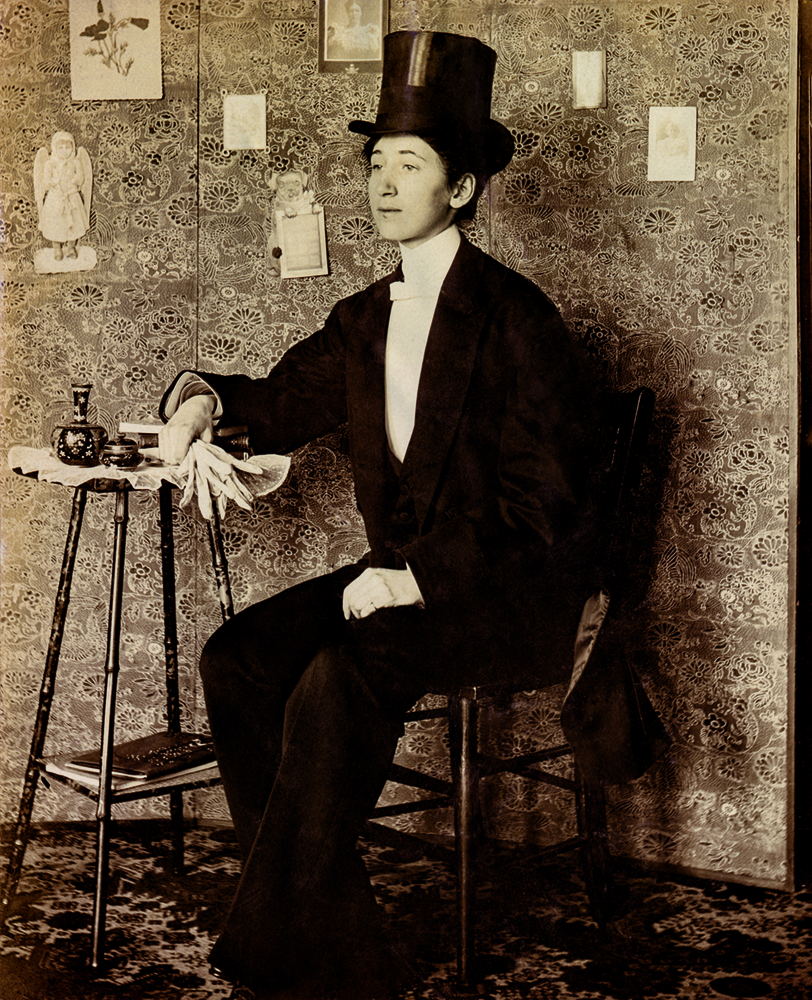
2/8 Woman in tuxedo. Albumen print, England, circa 1890. © Sébastien Lifshitz Collection Courtesy of Sébastien Lifshitz and The Photographers’ Gallery
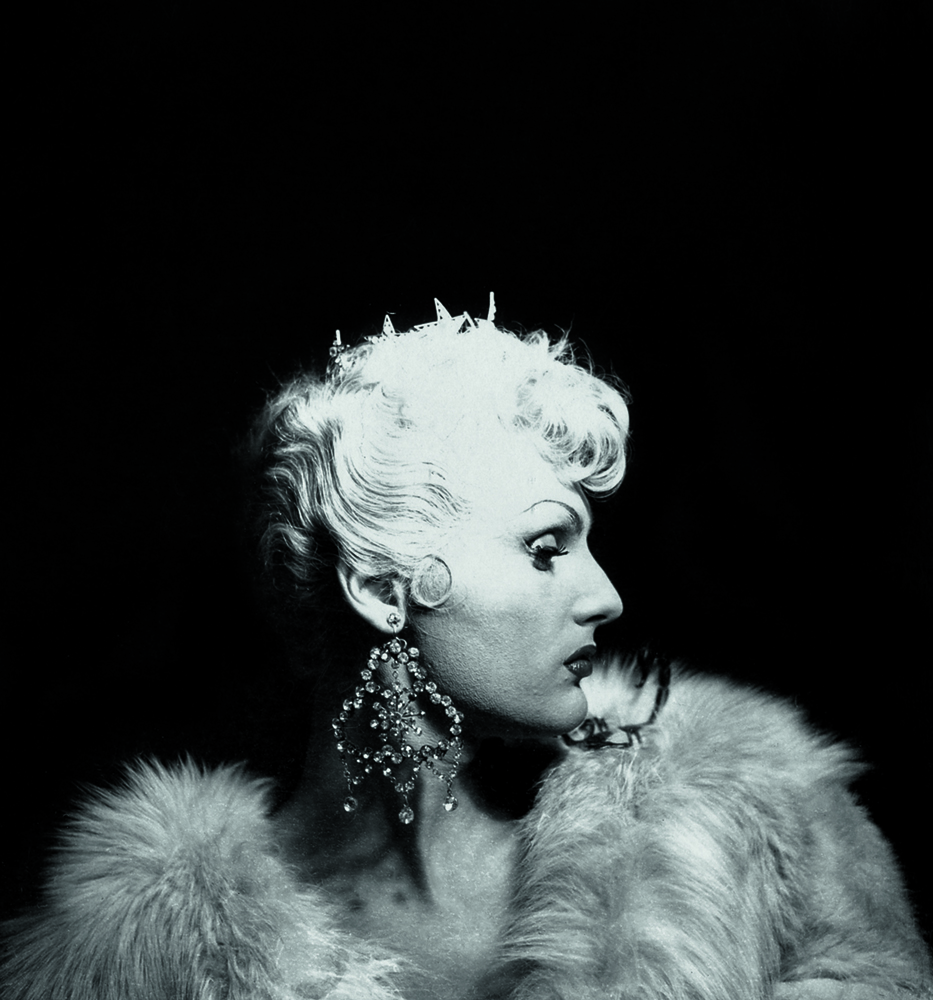
3/8 Guilda, [one of a triptych]. New York, United States, circa 1950. © Sébastien Lifshitz Collection Courtesy of Sébastien Lifshitz and The Photographers’ Gallery
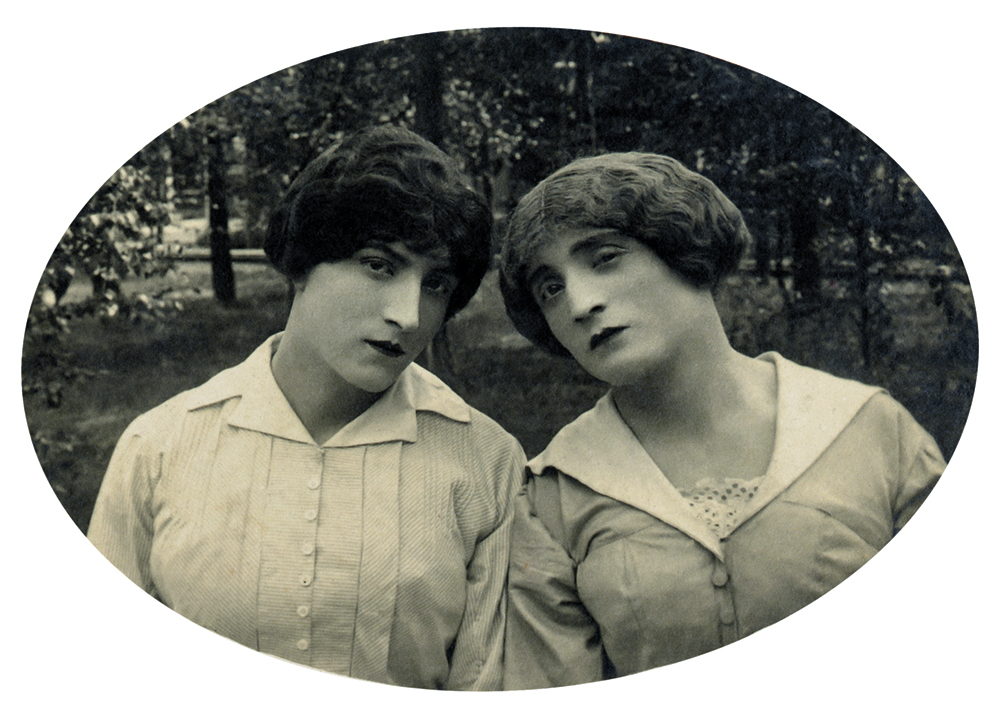
4/8 French prisoners of war in the German camp Königsbrück. Written on verso ‘Kriegsgefangenen- Sendung’. Germany, circa 1915. © Sébastien Lifshitz Collection Courtesy of Sébastien Lifshitz and The Photographers’ Gallery
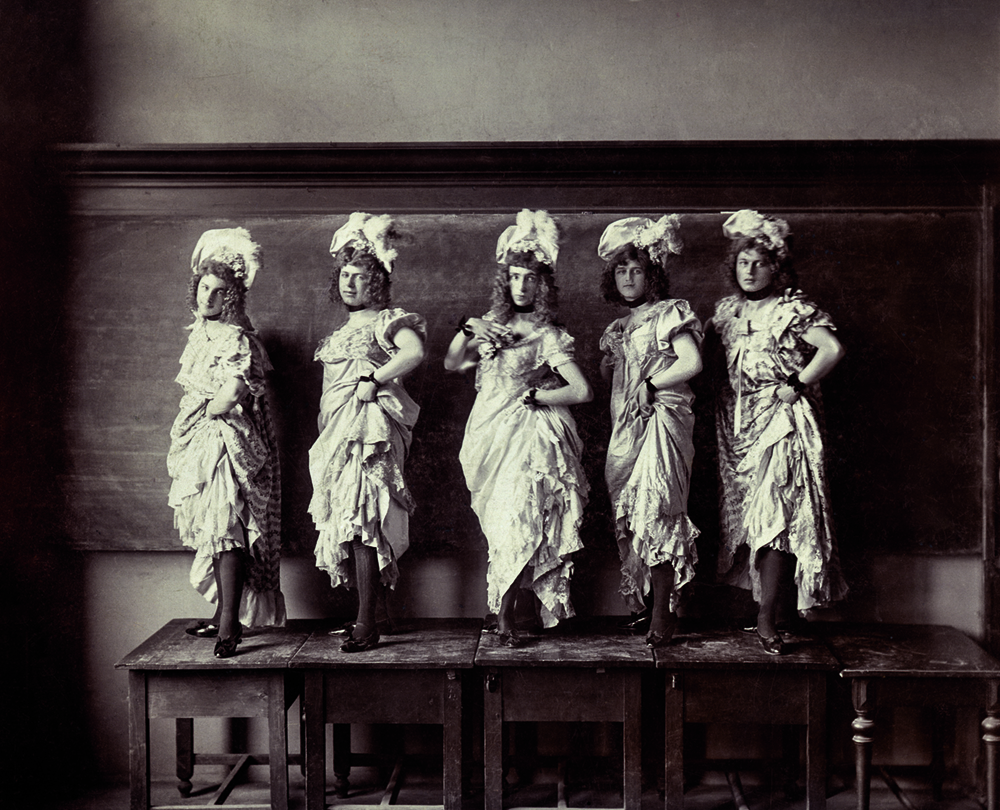
5/8 Five performers on a platform. Handwritten on verso 'Haris Fifi, Zerneck Joe, Gaby Zerkovitz, Stasik Ficzin Mehelyi Mimi’. Albumen print, Hungary, circa 1900. © Sébastien Lifshitz Collection Courtesy of Sébastien Lifshitz Collection and The Photographers’ Gallery

6/8 Mock wedding, United States, circa 1900. © Sébastien Lifshitz Collection Courtesy of Sébastien Lifshitz Collection and The Photographers’ Gallery
Under Cover: A Secret History of Cross-Dressers
Apr 09, 2018 - Davide Meneghello
Currently on show, at Photographer’s Gallery in London, Under Cover: a Secret History of Cross-Dressers, is a fantastic visual reference on the relation between historical photographic records and queerness.
The exhibition bring to the viewer the personal archive of the French director Sébastien Lifshitz, which has been collecting queer-related photographs for more than two decades, offering a powerful gathering of ephemeras on gender not-conformity, historically preceeding the homosexual liberation.
The images are spanning almost a century of cross-dressing through a complexity of different scenarios: from domestic environments to photographic studios, theatre’s stages and war camps; discarding, with a visual tribute, the normative vision of our past and its, culturally constructed, binary division of gender. The beauty of the exhibition consist in the attempt of giving a visual past to the LGBTQI+ community, which can look back and see in this collection a multi-faced platform of queer possibilities.
Through images of Drag Queens and Drag Kings, Transexuals and cross-dressers, the performative elements of this exhibition reminds us how gender norms are culturally produced and how such norms are socially negotiated and regulated, offering an alternative historical narrative, deeply political, focused on its margins. As Sébastien Lifshitz has written on the preface of Mauvais Genre, catalogue which include the same archive on show in Under Cover: “Mauvais Genre in its way is a political book. It takes the side of the rebels and the marginal. It transmits the spirit at time playful and revolutionary blowing from these images. He puts forward those whose intimate struggle has become everyone’s business. it reminds us that identity is not one.”
Under Cover: A Secret History of Cross-Dressers is currently showing at Photographer’s Gallery, London, between 23 February – 3 June 2018. Courtesy Sébastien Lifshitz and The Photographers’ Gallery
Jez Dolan: Polari – an Etymology According to a Diagrammatic by Alfred H. Barr (1936) – 2012
Apr 07, 2018 - Davide Meneghello
I thought that would have been interesting for the purposes of this blog to place in dialogue with my work Again He Holds Me by the Hand, a couple of project by artists that have worked towards mapping a queer narrative in the history of western society, particularly in Britain.
In this post the work of the artist Jez Dolan, Polari – an Etymology according to the Diagrammatic by Alfred H Barr (1936) – 2012, is a reinterpretation of the diagram organised by Alfred H Barr, first director of MOMA, originally addressed to the study of modern art, which in Dolan’s work, comes back formally appropriated but with a focus on the linguistic genealogy and influences on Polari, the slang language, used in Britain’s homosexual, theatre, sailors and outlaw communities from the 17th century onwards.
“Jez Dolan’s practice explores queerness and identity through the codification of language with a specific focus on: the things we don’t say / things that remain unsaid / secrecy and hiddenness, whilst utilising text and language as both form and content, visual presence and mode of communication”.[1]
[1] From Jez Dolan’s Artist Statement, at www.jezdolan.com
Sam Vale – Latent: A Hidden History
Apr 06, 2018 - Davide Meneghello
I have discovered Sam Vale’s photographic series Latent: A Hidden History when on show at Sydney Cooper Gallery in Canterbury, in Spring 2017, exhibited in parallel to a solo show of Claude Cahun’s work.
I have been deeply fascinated from the dialogue with my series Again He Holds Me by the Hand, in particular on the parallel intention of uncover and preserve the gay affection hidden in photographic archives as also about the different methodology we have used.
In Latent the abstraction of the subject play a conceptual and aesthetical tribute on the invisibility of such affection in the public spaces of that precise historical period: the gaze of those man crossing each other’s path as their physical proximities are poetical elaboration of the queer epistemological closet. Sam is leaving us in a space of uncertainty that talks about the historical and geographical context, theatre of those photographs, as much as the unexpressed desire that was cultivated by so many queer lives on those days.
Both series dig to unveil not-yet manifested possibilities, and work into re-claiming gestures and spaces as queer, suggesting evidence as secondary to the establishment of an overlooked historical narrative.
Notes on the Queer Gaze
Apr 04, 2018 - Davide Meneghello
Looking at photographs that pre-exist me, I am naturally drawn to look for a history; as everybody else, I intuitively project myself onto the ephemera left through time, envisioning connection and associations.
Nevertheless the queer narratives doesn’t go that far, gender not-conformity doesn’t speak the language of the past, or better, it has a age-long existence, but, as we know, a closed one.
“Queerness is often transmitted covertly. This has everything to do with the fact that leaving too much of a trace has often meant that the queer subject has left herself open for attack”[1]
That’s why the ambiguity and ambivalence of the photographic message serve so well my queer sight, which analyse, collect and confront found photographs and archive material with a fundamental impulse: re-claiming an hidden queer history.
The notion of queerness back then didn’t gather the contemporary meaning, but still, retrospectively, can be a useful umbrella to embrace a touch, a sight, a reading that doesn’t feel conform, that condense a different way of being.
Images have slippery meaning, that is re-adjusted following historical context as much as through the eyes of their reader. My queer gaze act on the photographic surface and leave the material collected with a queer understanding, embedded in desire and affection, even if veiled.
[1] José Esteban Muñoz, Ephemera as Evidence: Introductory Notes to Queer Acts. Women & Performance: a journal of feminist theory, 1996.
Re-claiming the Past
Apr 03, 2018 - Davide Meneghello
In 1925, Walt Whitman’s hand-written manuscript, including part of Leaves of Grass, was found. The following poem didn’t match the published version of 1892 where the pronoun of the poem’s subject was female. The story see Whitman self-censoring his own poetry to avoid further scandal, for homoeroticism, on his poetry.
ONCE I PASS’D THROUGH A POPULOUS CITY
Once I pass’d through a populous city imprinting my brain for
future use with its shows, architecture, customs, traditions,
Yet now all that city I remember only a man I casually
met there who detain’d me for love of me,
Day by day and night by night we were together – all else has
long been forgotten by me,
I remember, I say, only that man who passionately clung
to me,
Again We wonder, we love we separate again,
Again he holds me by the hand, I must not go,
I see him close beside me with silent lips sad and tremulous.
From Leaves of Grass, Children of Adam, the bold fragments have been revisited following the speculations on the hand-written manuscript.




